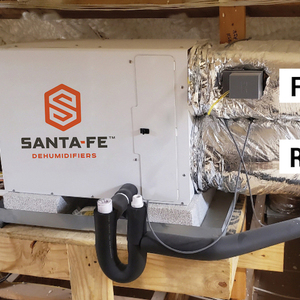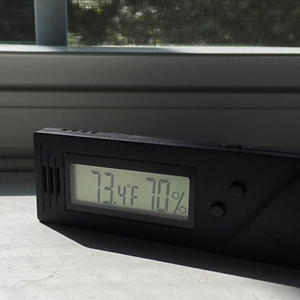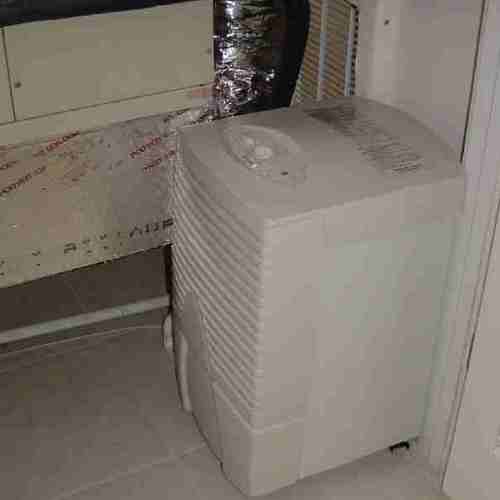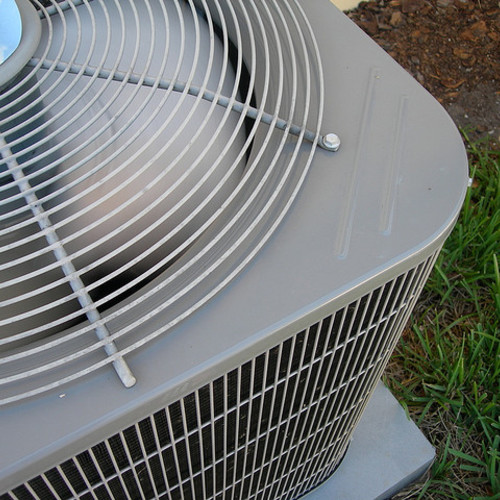
Writing from central North Carolina, in climate zone 4, a reader named Tvrgeek wonders why his Mitsubishi minisplit heat pump does such a poor job of dehumidifying the air inside his 16-ft. by 32-ft. workshop.
“As far as temperature, it works great (it surprised me how good they have gotten),” he says in this recent Q&A post. “But, it does a terrible job of dehumidification. I have had it looked at twice and it is running as it should. Coils are running about 5o°, but darn little moisture is removed.”
Ideally, Tvrgeek would like to see indoor relative humidity in the 50% to 55% range. But in summer, it’s now closer to 70%—at least it was until he added an inexpensive dehumidifier. While the arrangement works, the dehumidifiers seem to last only about a year, and that has Tvrgeek looking for a more permanent solution.
“Is this normal for a minisplit?” he asks. “The dehumidification mode does nothing.”
Tvrgeek’s clammy workshop is where we begin this Q&A Spotlight.
Reduce the airflow
In general, air conditioners have a tough time removing much moisture from the air when they don’t run long enough, and that may be what’s at work here, suggests Jon R. “Poor dehumidification at less than rated load is common,” he says.
The Daikin Quaternity minisplit is a good alternative to the Mitsubishi, he adds, but it’s expensive. Another option would be to reduce the airflow through the fan-coil unit indoors, which should increase its dehumidifying efficiency.
But Tvrgeek has been down that road already and discovered that reducing the airflow didn’t help matters very much. In fact, the experiment just led to problems.
“I found out the hard way,” he explains. “It is in my woodshop, so before I upgraded my…
Weekly Newsletter
Get building science and energy efficiency advice, plus special offers, in your inbox.

This article is only available to GBA Prime Members
Sign up for a free trial and get instant access to this article as well as GBA’s complete library of premium articles and construction details.
Start Free TrialAlready a member? Log in















4 Comments
I'm guessing that "our expert" this time is Dr. Allison Bailes III. Is that right?
From response #12 in the original thread: https://www.greenbuildingadvisor.com/question/mini-split-dehumidification-poor
"With a 9 foot garage door on one end, 12 inch through wall exhaust fan, several windows, yes I am leaking a bit. But as I suggested, the vapor barrier is very poor in the walls."
Leaking a bit? Try leaking (and ventilating) a LOT!
The vapor barrier in the walls is COMPLETELY inconsequential when there are big leaks like exhaust fans and leaky garage doors. No AC system is going to completely dry out copious air leaks or.high ventilation rates- the building needs to be at least somewhat air sealed with controlled ventilation rates to keep up.
A dehumidifier might keep up with moderate ventilation rates, but even in high performance buildings with controlled ventilation some amount of mechanical dehumidification would be necessary in NC if the target is 50% = 55% RH @ 75F.
Thanks, Charlie.
I have a shop in the eastern panhandle of West Virginia. The building is slab on grade and partially bermed on a wall that gets little sun. (I.e.: Humid summer; damp winter.)
I ran a dehumidifier in my bench room long before I installed an air conditioner to protect my hand tools from rust. It’s the smallest “industrial grade” dehumidifier I found and has been great for many years. I’ve forgotten the details but I imagine I selected it for a certain amount of automation. It’s plumbed into a nearby drain line.
The room is fairly tight — closing the big door to the machine room results in a satisfying whoosh. The dehumidifier is for the comfort of my tools. The AC added layer is for the comfort of me. Yes, it means a different focus on equipment but my point is take care of the humidity first, then cooling the air for your comfort.
If it helps, think of it this way: the dehumidifier is not a bug but a feature.
Log in or become a member to post a comment.
Sign up Log in